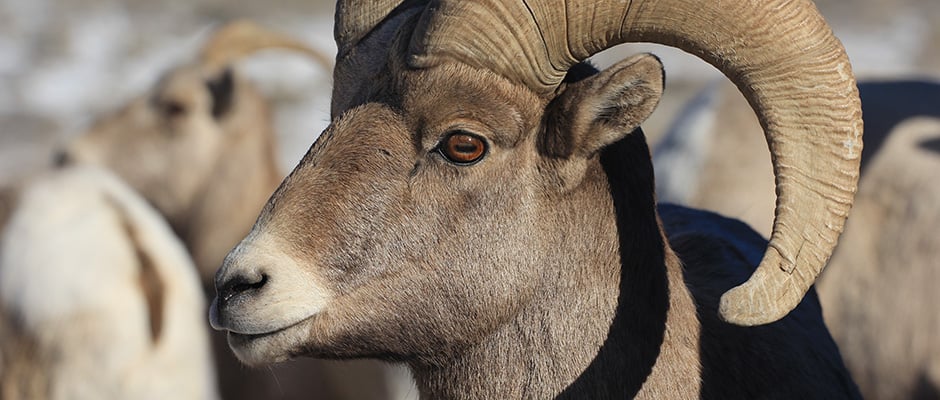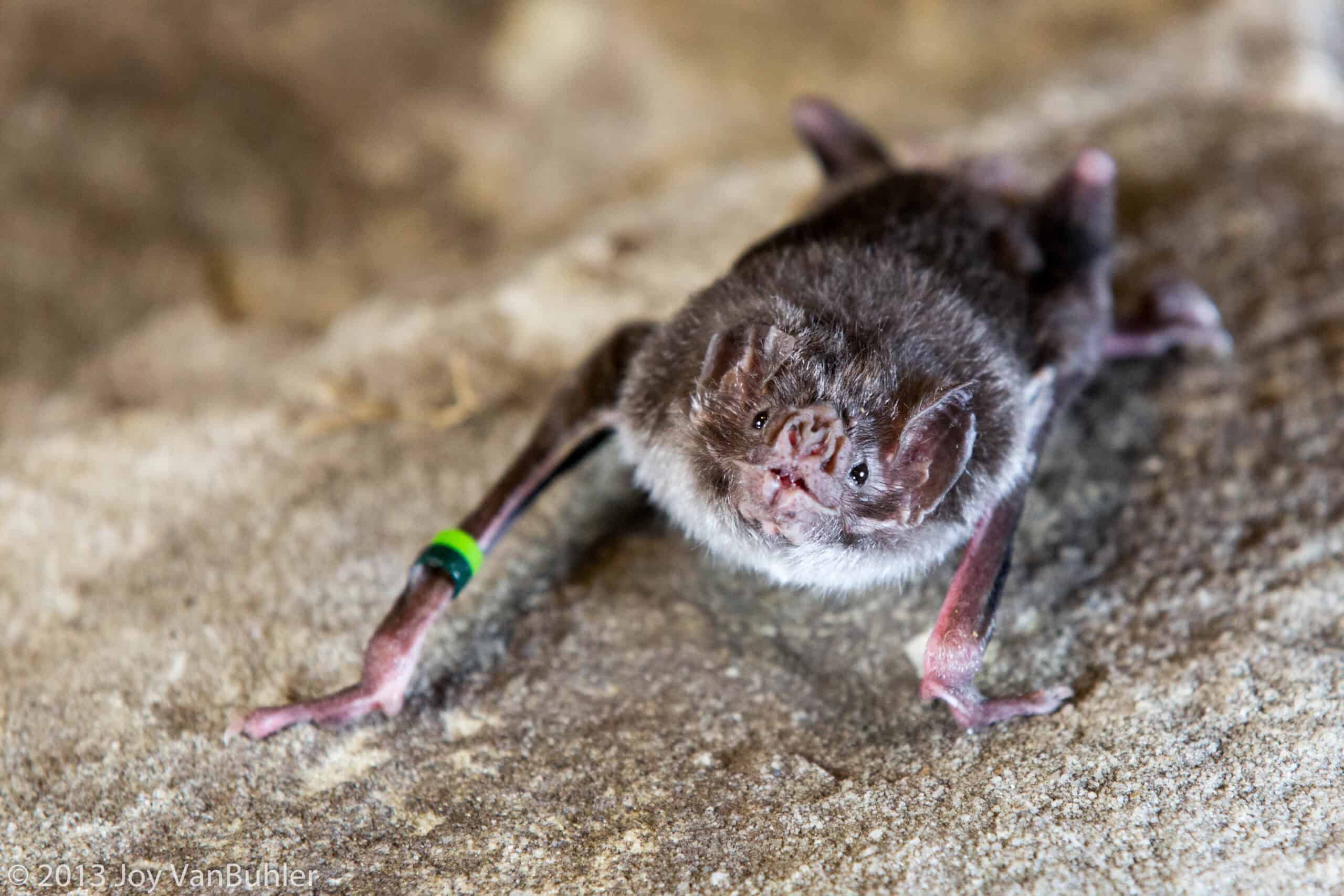Share this article
TWS Issues Statement on Wild Sheep Disease Transmission Risk
The Wildlife Society partnered with the American Association of Wildlife Veterinarians (AAWV) to develop a joint issue statement on domestic sheep and goat disease transmission risk to wild sheep.
The organizations have issued this statement to inform and encourage actions that further the restoration and conservation of wild sheep populations in North America. Bighorn sheep (Ovis canadensis) and thinhorn sheep (Ovis dalli) populations are affected by pneumonia-related die-offs that are often associated with the presence of domestic sheep and goats. Wild sheep herd viability may be severely impacted by the presence and transmission of respiratory diseases that are commonly carried by domestic animals but cause few deaths among domesticated adults and lambs.
“The risk of disease transmission between domestic sheep and goats to wild sheep is a major concern for ongoing efforts by wildlife professionals to manage and conserve this public trust resource,” says Keith Norris, Assistant Director of Government Affairs and Partnerships for The Wildlife Society. “This joint statement explains the scientific information regarding disease transmission risks to wild sheep, and outlines proactive policies identified by both TWS and AAWV that help manage and reduce the risk.”
Contact between wild and domestic sheep may occur due to overlap in use of public lands. Currently, there are few ways to mitigate the risk of respiratory diseases in wild sheep aside from maintaining physical distance between wild sheep and domestic sheep and goat populations. There are no effective vaccinations or treatments for pneumonia in wild sheep.
The joint issue statement recognizes the need to proactively protect wild sheep populations in order to conserve and manage these species. It also recognizes that co-mingling of wild sheep and domestic sheep and goats may cause disease transmission and impact management activities, including necessitating the cull of infected wild individuals to maintain herd health. Wildlife managers should also consider the risk of disease transmission between wild herds before translocating individuals.
The issue statement emphasizes the need to develop and implement disease management strategies. Due to the wild-domestic interface, stakeholder cooperation is necessary in effectively mitigating the risk of disease in wild sheep herds.
“We hope this statement will assist state fish and wildlife agencies and partnering organizations working toward cooperative solutions that ensure wild sheep populations will continue to expand throughout their historic range,” says Laura Bies, Director of Government Affairs and Partnerships for The Wildlife Society.
TWS has previously released a fact sheet on the impacts of disease on bighorn sheep management.
Header Image: Image Credit: Ann Hough, USFWS








